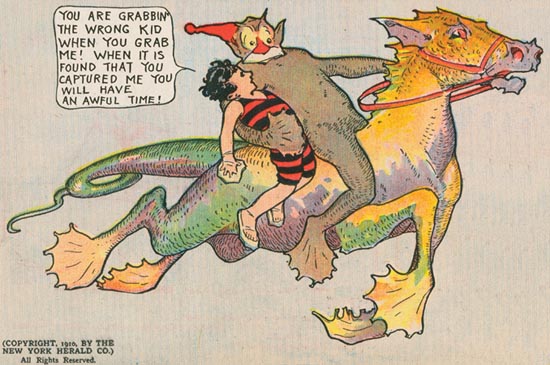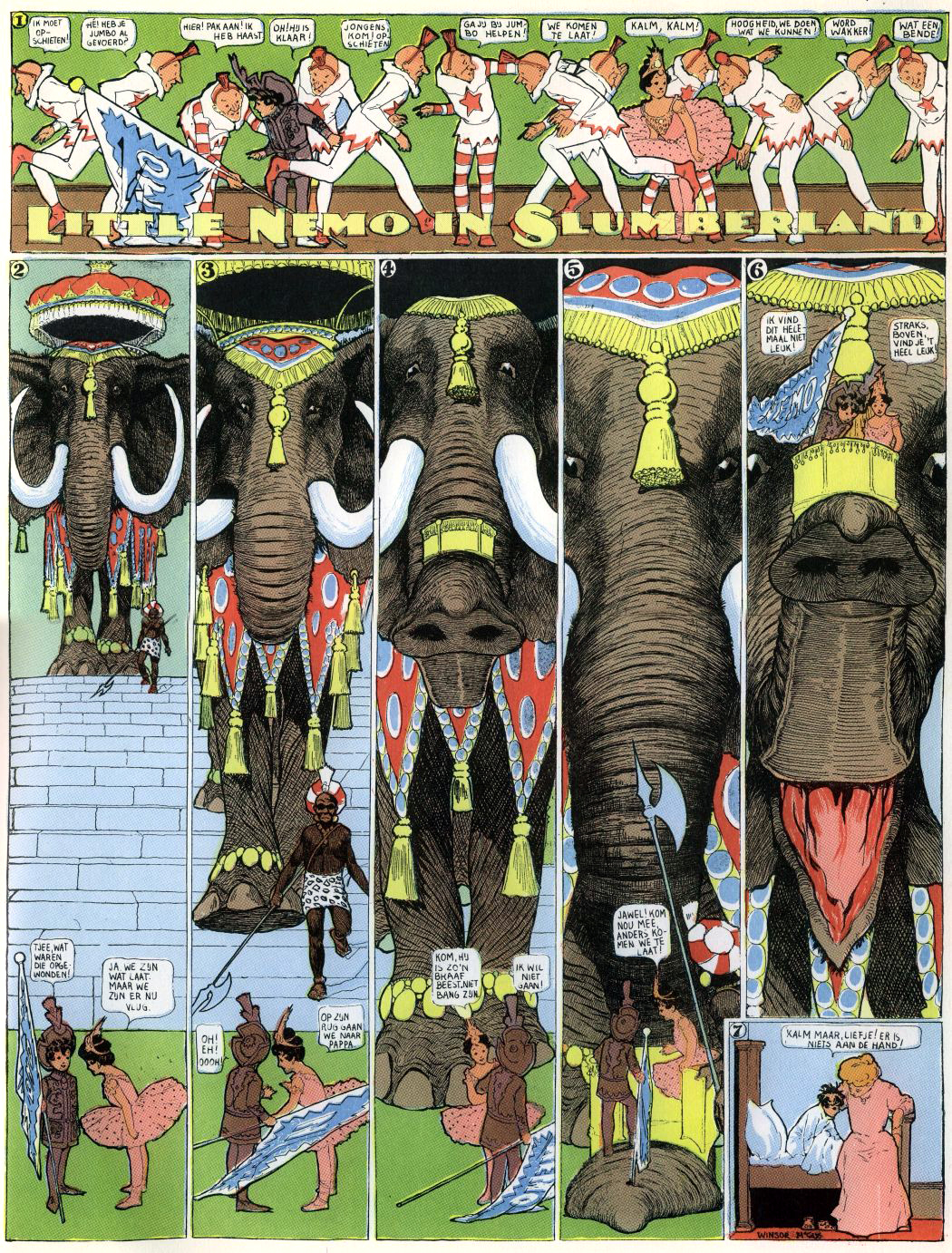
Jack Kirby has long garnered the nickname “King” Kirby among the comic book community in honor of all his achievements. The man created the iconic designs for Captain America, the X-Men, the Fantastic Four, Thor, Hulk, Darkseid, Galactus, the Guardian, the Silver Surfer and many more. He’s worked alongside Will Eisner and Stan Lee. He’s drawn for DC, Marvel (even before it was called Marvel) as well as many smaller companies and dabbled in self-publishing as well.
His style has fluctuated over the years from sketchy and athletic during The Golden age.

To the bold thick lines and “Kirby Crackle” he became famous for in the Silver Age.

Every book he touched seemed to have a style all its own. The artist that drew Captain America punching Hitler seems to be a completely different person from the guy who drew wacky space technology for the Fantastic Four.


And yet his work has such a signature look that you can spot a Kirby from a mile away.
He believed strongly in capturing a moment at the true point of interest, caring very little for perspective or anatomy.

And sometimes the most exciting thing was an extreme close up of a big gaping mouth.

Because he was not very good with foreshortening, his worlds never quite seem to leave the page. But what a page!






























